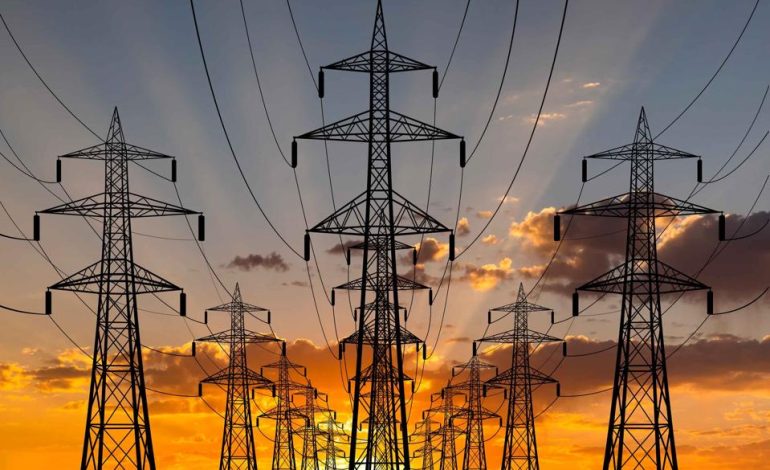NPR, Forbes, the Street contributed to this report.
If your electric bill feels heavier than it used to, you’re not imagining it. Electricity prices are up about 40% since February 2020 — far outpacing the 26% jump in overall living costs. Blame a mix of old plants retiring, pricier natural gas, and a surge in demand as utilities race to harden the grid and feed a new power hog: artificial intelligence.
You can see it on kitchen tables from Florida to Oregon. In Fort Walton Beach, 71-year-old Kathy Letourneau says her monthly bill sits somewhere between $200 and $300, whether it’s A/C season or heating season. Florida residential rates climbed more than 13% in the last year, and she’s bracing for another bump.
“When you’re living on a fixed income, you feel it,” she says. “We’ve had our lights turned off before.”
After two sleepy decades, US electricity demand has woken up. The Energy Department expects usage to grow roughly 2.2% this year and 2.4% next year as EVs plug in, homes swap gas stoves for induction, and data centers mushroom to power the AI boom. Utilities are scrambling to build wind, solar and gas plants, replace aging lines and transformers, and make the grid tougher — all of which costs real money.
That raises an awkward question: who pays for AI’s appetite? In theory, the massive data centers should cover their own bills — and then some — easing pressure on households. In practice, regulators and politicians sometimes hand out discounted “economic development” rates that don’t cover the true costs. If that happens, the shortfall lands on everyone else’s bill. It doesn’t help that residential customers already tend to pay more per kilowatt-hour than big commercial users.
There are levers to lower the tab without dimming the lights. The priciest power is the peak stuff — those blistering summer hours when everything is running full tilt. If data centers can step off the grid for a few dozen peak hours a year, by flipping to backup power or shifting computing to cooler regions, they’d relieve a lot of price pressure. EV drivers can help, too, by charging off-peak. Smart timing matters.
And make no mistake: electricity is the AI era’s choke point. Tech giants admit their biggest constraint isn’t chips but juice, with cutting-edge processors waiting for data halls that have enough power and cooling. That bottleneck filters straight into utility planning — and ultimately, into your bill.
So yes, your statement is up because gas got pricier and poles and wires need upgrades. But it’s also up because our digital lives — from cars to chatbots — are plugging into a grid that wasn’t built for this moment. Building a lot more clean, reliable capacity, and making heavy users pay their way, is how we keep the lights on without breaking the bank.










The latest news in your social feeds
Subscribe to our social media platforms to stay tuned